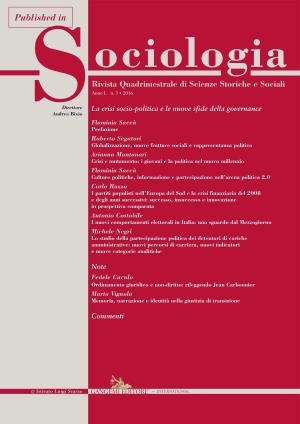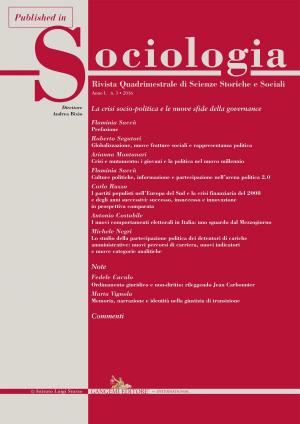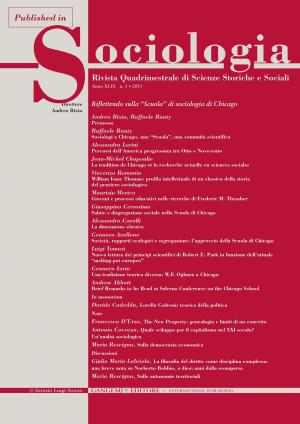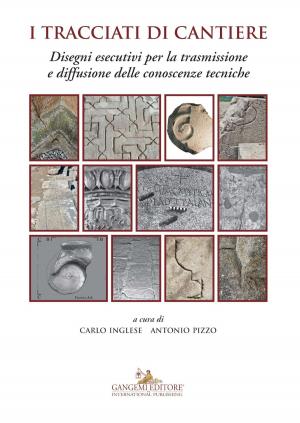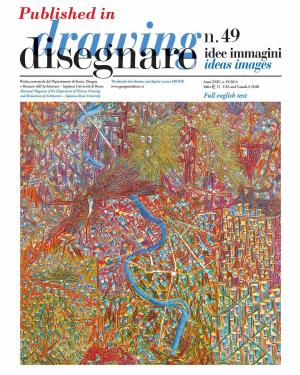Il disegno di Jacques Lemercier del modello di San Giovanni dei Fiorentini / Jacques Lemercier’s drawing of the model of San Giovanni dei Fiorentini
Published in Disegnare idee immagini 53/2016. Rivista semestrale del Dipartimento di Storia, Disegno e Restauro dell’Architettura “Sapienza” Università di Roma | Biannual Magazine of the Department of History, Drawing and Restoration of Architecture
Nonfiction, Art & Architecture, Architecture| Author: | Francisco Martínez Mindeguía | ISBN: | 9788849297003 |
| Publisher: | Gangemi Editore | Publication: | March 8, 2017 |
| Imprint: | Gangemi Editore | Language: | Italian |
| Author: | Francisco Martínez Mindeguía |
| ISBN: | 9788849297003 |
| Publisher: | Gangemi Editore |
| Publication: | March 8, 2017 |
| Imprint: | Gangemi Editore |
| Language: | Italian |
Nel 1607 Jacques Lemercier disegnò e incise il modello ligneo del progetto di Michelangelo per la chiesa di San Giovanni dei Fiorentini a Roma. Contrariamente a quanto era solito fare, Lemercier non disegnò l’edificio che il modello rappresentava, ma il modello stesso. Questo contributo presenta un’ipotesi relativa alle ragioni di tale scelta, maturata sulla base della disamina delle esperienze e della formazione di Lemercier, della singolarità del tema e mediante il confronto con altri casi simili. | In 1607 Jacques Lemercier drew and etched the wooden model of Michelangelo’s design for the church of San Giovanni dei Fiorentini in Rome. Contrary to what he normally did, Lemercier decided not to draw the building represented by the model, but the model itself. Based on a review of Lemercier’s experiences and training, the unique topic, and comparisons with other similar cases, this contribution presents a hypothesis as to the reasons behind Lemercier’s choice.
Nel 1607 Jacques Lemercier disegnò e incise il modello ligneo del progetto di Michelangelo per la chiesa di San Giovanni dei Fiorentini a Roma. Contrariamente a quanto era solito fare, Lemercier non disegnò l’edificio che il modello rappresentava, ma il modello stesso. Questo contributo presenta un’ipotesi relativa alle ragioni di tale scelta, maturata sulla base della disamina delle esperienze e della formazione di Lemercier, della singolarità del tema e mediante il confronto con altri casi simili. | In 1607 Jacques Lemercier drew and etched the wooden model of Michelangelo’s design for the church of San Giovanni dei Fiorentini in Rome. Contrary to what he normally did, Lemercier decided not to draw the building represented by the model, but the model itself. Based on a review of Lemercier’s experiences and training, the unique topic, and comparisons with other similar cases, this contribution presents a hypothesis as to the reasons behind Lemercier’s choice.


